Cinema's most confusing movie endings explained

Nothing takes the wind out of your sails like a movie that ends on a big fat question mark. Sometimes a movie can be enjoyable right the way up to an ambiguous ending that leaves you desperate for more information, which isn’t always available.
Let us be your guide in decoding the confusing endings of 10 of the most frustrating film finales…
Inception (2010)
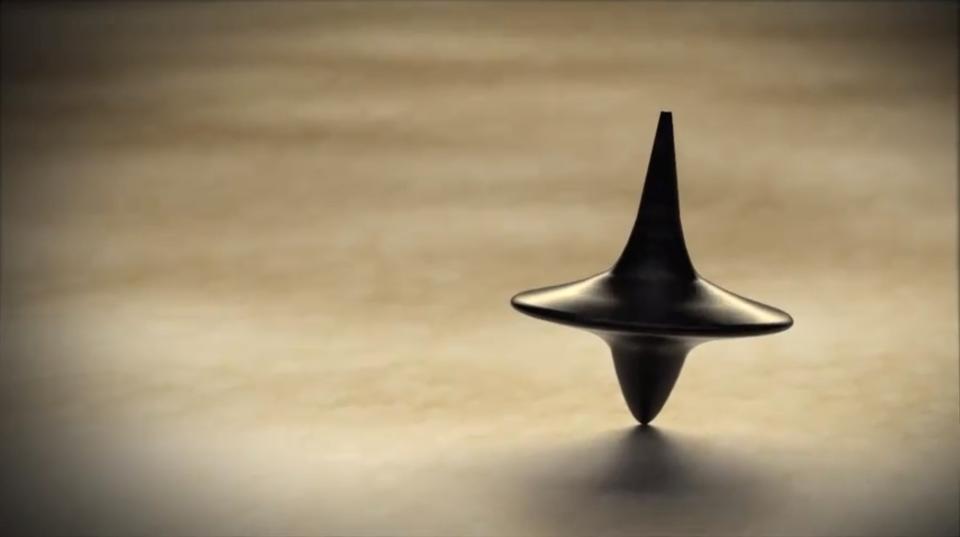
The ending: Back in LA, Leo DiCaprio’s dream-thief Cobb spins his totem on the kitchen counter to determine if he’s dreaming, then decides instead to go outside and play with his estranged kids, leaving it spinning – and the camera cuts before we see if it slows or stops.
The explanation: Whether you think you see the spinning top wobble or not (it does waver, very slightly, before Nolan cuts), there’s a very simple interpretation of the ending – it doesn’t matter if Cobb is dreaming or not.
Finally reunited with his children, he’s happy to live in ignorance. If you want closure, you won’t get any because Christopher Nolan intentionally left the ending open to interpretation, but remember that the spinning top is not Cobb’s totem, it’s his wife Mal’s, so essentially the top’s actions don’t mean anything one way or the other.
Read more: Inception returning to UK cinemas
If you want to read even deeper into the movie’s minutiae, then notice that Cobb only wears his wedding ring when he’s in dream worlds, not in the real world – some theories suggest the ring is his real totem, and the fact he’s not wearing it in the final scene places the ending in reality. But you could discuss this one until the cows come home.
2001: A Space Odyssey (1968)
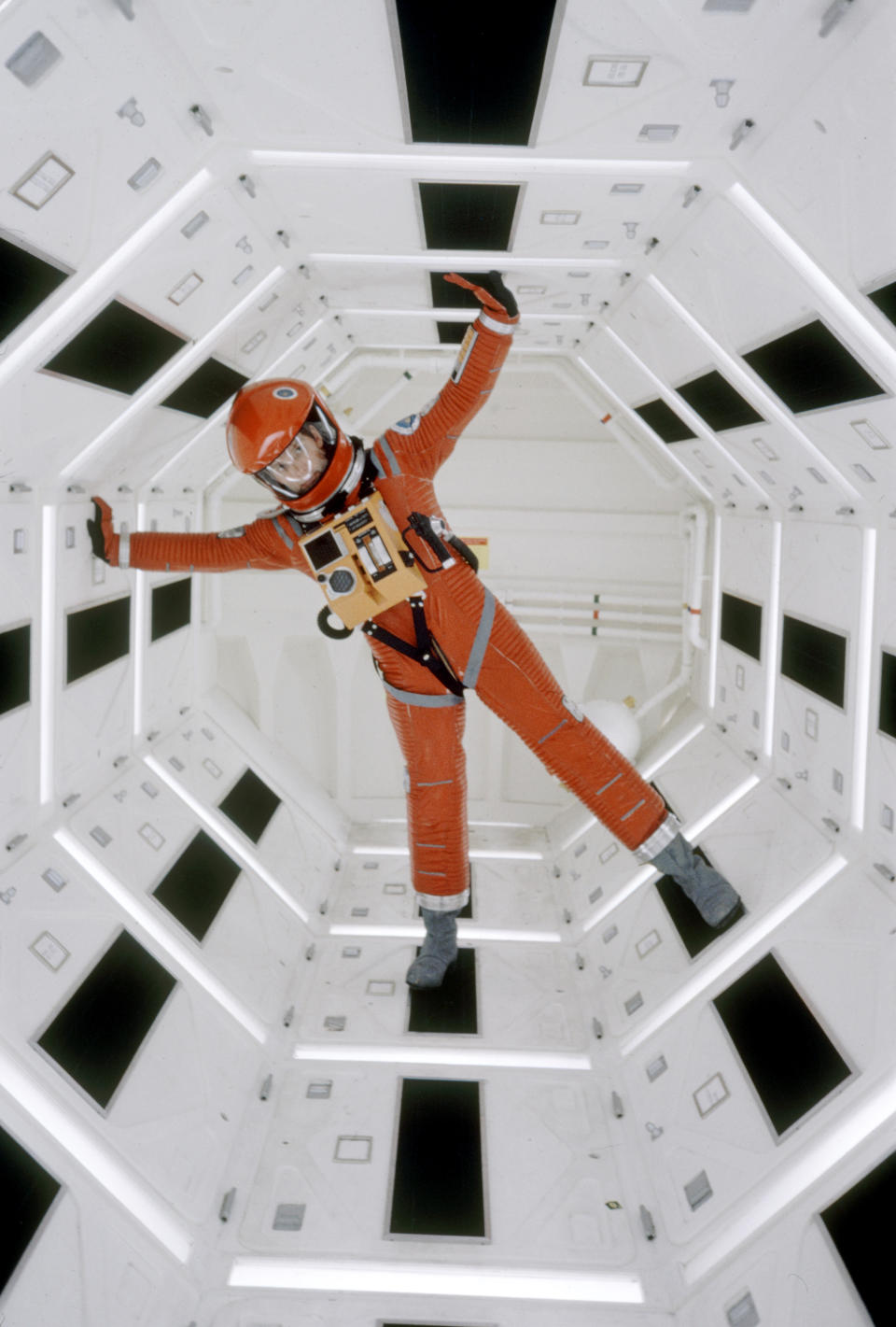
The ending: Having survived his encounter with errant AI Hal, spaceman Dave journeys to Jupiter to investigate another monolith. Pulled into a vortex of light, Dave has the mother of all trips before winding up in a strange room, where he watches himself age into an old man, before eventually being reborn as a large spacebound foetus. Yep, this really puts the 'odd’ in odyssey.
The explanation: It’s deceptively simple, really. The beings behind the monoliths were merely testing the human race’s limits – the first monolith taught primitive man how to use tools; the second, on the Moon, signalled that mankind was capable of space travel; the third, in Jupiter, was a gateway to their world.
Once Dave arrives courtesy of a multicolour portal, he lives out his life in what author Arthur C Clarke referred to as a “human zoo”, so the beings could assess his worth. When he eventually died, the beings ensured he was reborn as a God – the next stage of human evolution.
If you think we’re projecting all this on Kubrick’s abstract ending, well… it’s all detailed in the novel. So there.
Interstellar (2014)
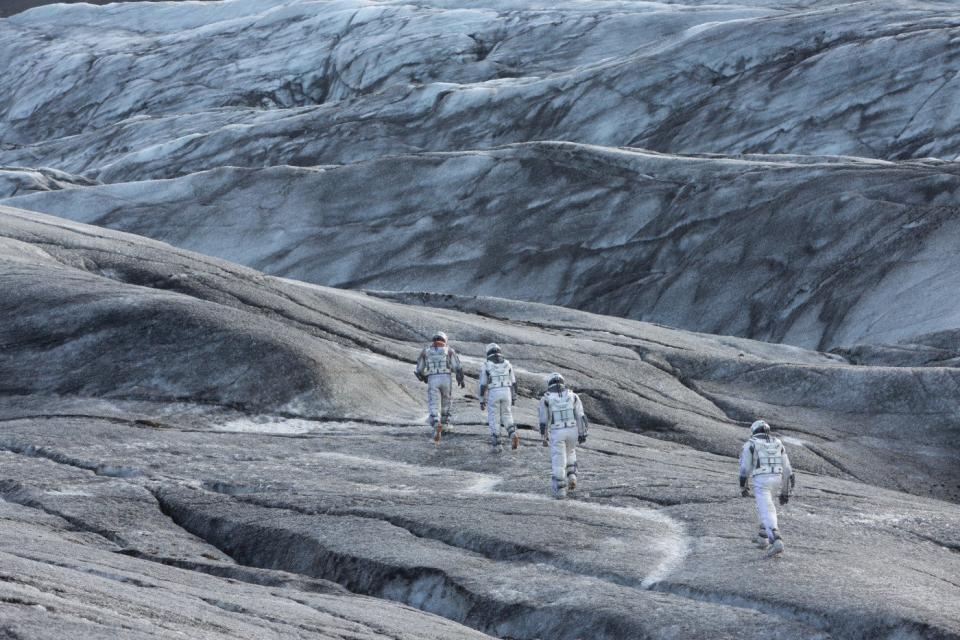
The ending: The wormhole. The Tesseract. Gravity anomalies. Where do you even begin? Matthew McConaughey’s intrepid explorer survives a trip down a wormhole and emerges from the other side, where he’s rescued by the human race, who have long since left Earth and set up camp on Cooper Station.
The explanation: Much of the movie’s internal logic is spelled out during the finale.
The “fifth-dimensional space” at the centre of the wormhole is a construct placed there by future beings – most likely an advanced version of the human race – so Coop can get the message to his young daughter via binary code. Once he’s tossed out the other side, we discover that mere seconds to Coop translated to around 90 years to the rest of the world.
Murph, who eventually received her father’s messages via her childhood watch on how to solve the gravity equation, was able to help transport the human race off-planet to a conical space station that was eventually named after her.
When she’s finally reunited with her father, now younger than she is, Murph reminds her dad that Anne Hathaway’s Amelia is still out there on a planet now known to be habitable, so Coop – a man out of time – jets off to be reunited with her, aware that time has passed differently on the other side of the wormhole. See? Easy. It only took a PhD to crack it.
Donnie Darko (2001)

The ending: After being told the world will end in 28 days by a giant spooky rabbit named Frank, Donnie Darko is killed in his bed by a falling jet engine. What the hell?
The explanation: This one’s all about tangent universes. When Frank originally lures Donnie from his bed to tell him his prophecy, causing the fallen jet engine to miss him, a divergent timeline is created, and if the 'causal loop’ isn’t closed, then both timelines are doomed.
It’s up to Donnie, then, to close the loop and right the universe, and he does this when he manipulates events – sometimes intentionally, sometimes accidentally – to ensure the jet engine falls on him, killing him but saving the rest of the world.
The two timelines are merged, which explains why Gretchen (above) – who dated Donnie in the subsequent tangent universe – thought she knew Donnie’s sister, despite them never having met.
As for the finer points of the story – the water portal, the meaning of Patrick Swayze’s child porn dungeon – you’d have to ask director Richard Kelly.
The Thing (1982)
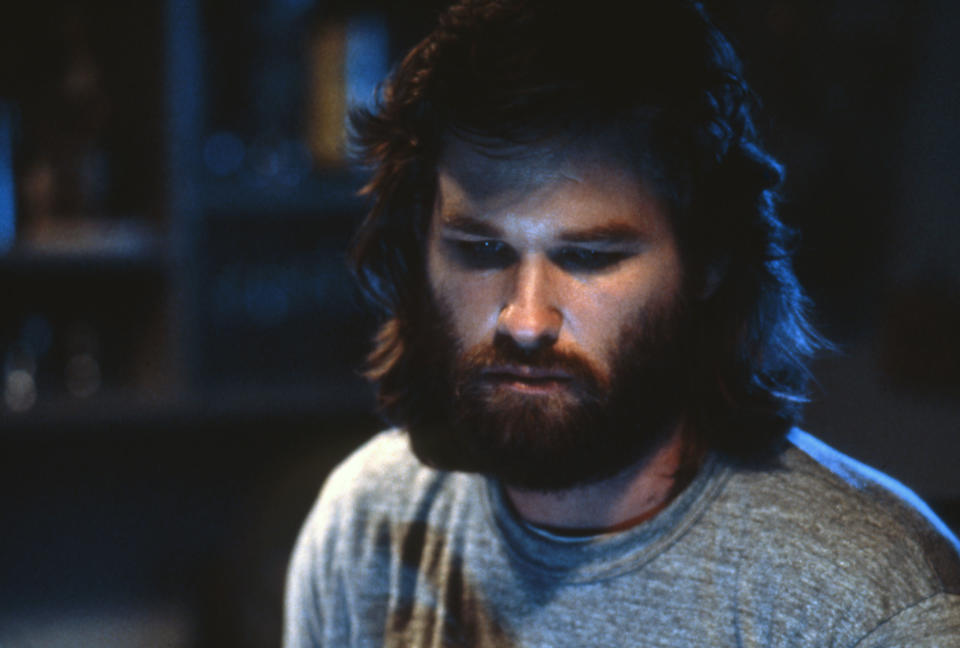
The ending: The last two survivors of an alien attack by an extra-terrestrial creature who can take on human form, Kurt Russell’s MacReady and Keith David’s Childs sit staring at one another, with the audience unsure which one of them is the monster in disguise. This one isn’t going to end in a draw.
The explanation: There’s a theory out there – falsely credited to the movie’s director John Carpenter – that says that the fact you can’t see Childs’ breath in the Arctic air points to the fact that it’s him that’s the alien.
That’s not technically correct (in HD, you can totally see his breath), but it’s likely Childs is the beastie because of some subtle foreshadowing. At the end of the movie, MacReady gives Childs a scotch as they wait it out, much like he did at the beginning of the movie, where he 'gives’ the cheating chess computer a drink.
The parallels are clear: Macready is the strategist calling the shots and he has the alien all figured out.
No Country For Old Men (2007)
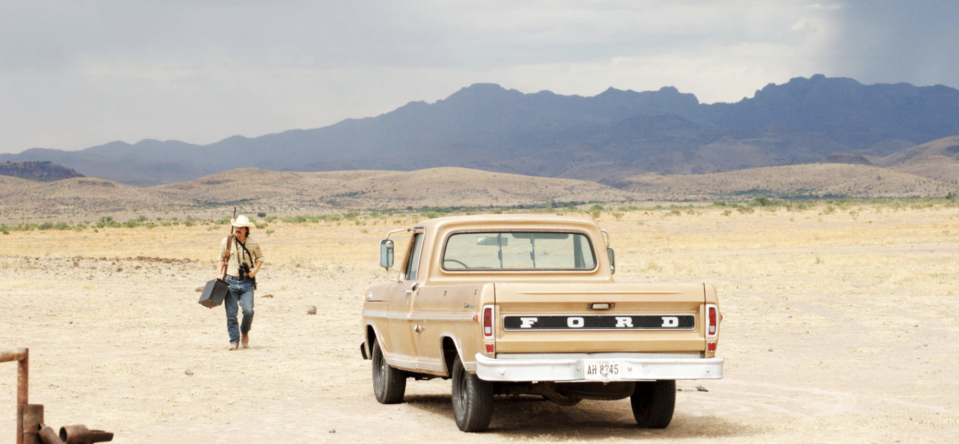
The ending: Sheriff Ed Tom Bell (Tommy Lee Jones) fails in his mission to arrest criminal Anton Chigurh and bring in outlaw Llewelyn Moss alive. He recants two dreams to Ellis, the first about losing some money that his father loaned him, the second about following his father on a horse carrying a horn of fire. The dream, and the film, ends abruptly.
The explanation: Ready to get deep? Sheriff Bell spends the entire movie in despair about the state of modern society, but as Ellis says at the end of the movie, things were no better in the generations before them: “You can’t stop what’s coming.“
The evil of men like Chigurh is inherent, meaning Moss’s death was inevitable and thus unimportant. Bell’s dreams signify that he’s finally moved beyond his earthly responsibilities – which proved too large for him – into a more spiritual state, where he’s pondering the afterlife and a reunion with his father, who’ll be waiting there for him no matter what his actions were in life.
After all, the film takes its title from the poem 'Sailing to Byzantium’ by Yeats; a poem that’s about finding happiness in old age by abandoning physical desires in favour of finding spiritual fulfillment instead.
The Shining (1980)
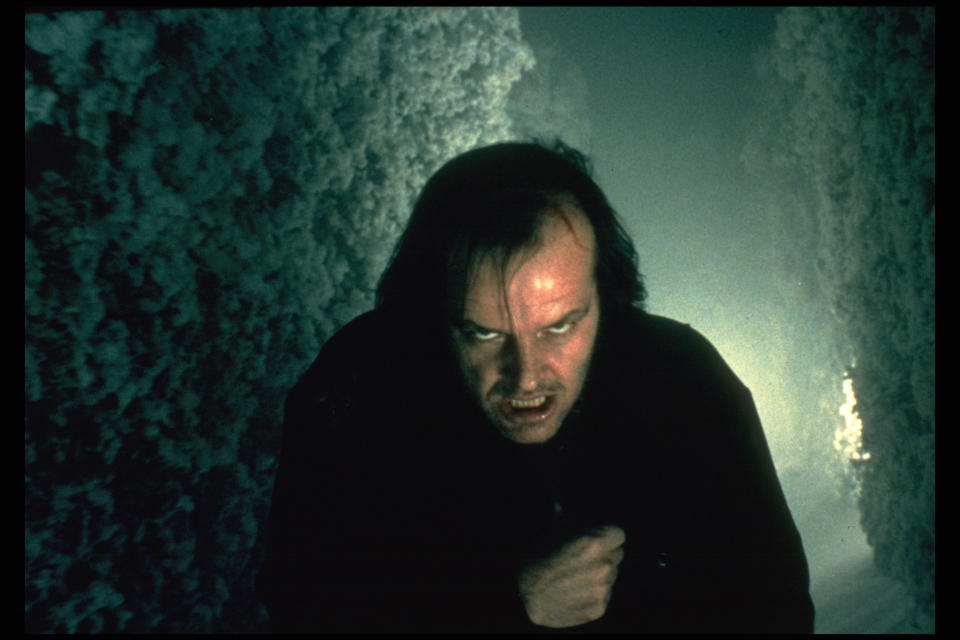
The ending: After becoming a Jack Nicholson-flavoured popsicle in the Overlook Hotel’s hedgerow maze, caretaker Jack Torrance dies, leaving his family free to escape. Kubrick keeps the chills coming, however, by slowly zooming into a picture on the hotel’s wall, showing a photograph of what appears to be Torrance wearing a tux in 1921, approximately 60 years before the events of the movie.
The explanation: There are several different interpretations of the ending of The Shining – the fact there’s no right answer is what makes it so great, and the fact that Stanley Kubrick is no longer around to drop any hints is what will preserve its iconic status.
Discussion continues to rage over whether or not the Overlook Hotel is supernatural or if the events of the movie are just in a tired and emotional Jack’s head. The fact the pantry door is seemingly unlocked by ghosts would appear to confirm that there are ghoulish goings-on afoot, and the photograph – paired with former caretaker Grady’s insistence to Jack that "you’ve always been the caretaker” – suggests that the Overlook has a wretched claim to Torrance’s soul, forcing him, or reincarnations of him, to relive murderous events over and over to carry out the haunted hotel’s dirty work.
Shutter Island (2010)

The ending: Leo DiCaprio’s flatfoot Teddy Daniels is told that Shutter Island’s missing mental patient, Andrew Laeddis, is actually him; he’s been allowed by hospital staff to live out his delusion of being a US Marshal in an attempt to free him from it. Despite showing signs he understands, Teddy/Andrew then regresses, blowing his last chance at normal rehabilitation and booking him a swift appointment at the lobotomy clinic.
The explanation: It’s that brief regression that holds the key to the mystery of Shutter Island. The question isn’t whether Andrew is Teddy or Teddy is Andrew, but whether Andrew – for it is he – knows he’s delusional and chooses his lobotomy all the same. His most telling line is uttered to Mark Ruffalo’s Dr Sheehan: “Which would be worse – to live as a monster, or to die as a good man?"
This suggests that Andrew knew his alter-ego Teddy was a creation of his own making, and that the guilt he suffered after murdering his wife was enough for him to engineer a lobotomy, finally putting himself at rest.
American Psycho (2000)
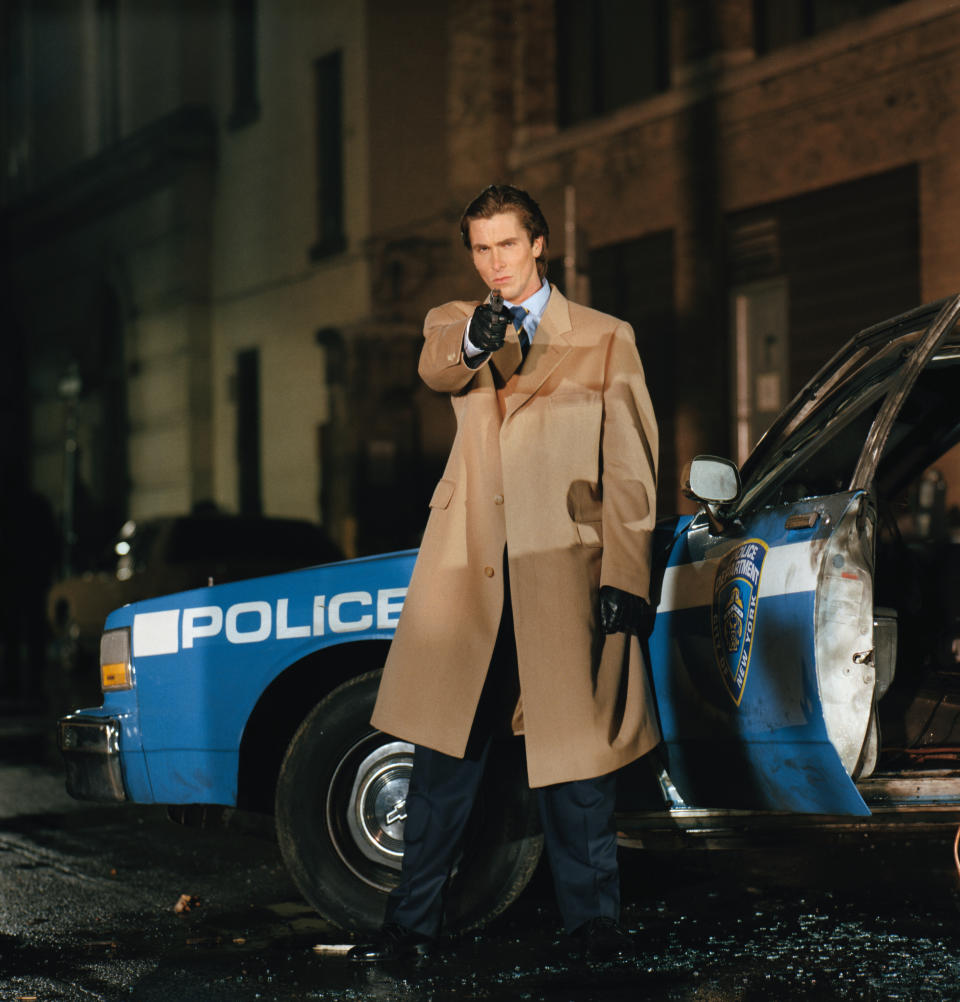
The ending: Having spent the entire movie racking up a body count, Wall Street psychopath Patrick Bateman is told that Paul Allen, the man we saw him murder with an axe in his own apartment, is apparently alive and well. Was it all in his head?
The explanation: Another ambiguous ending, although that’s part of what makes the movie great – is Patrick Bateman really a murderous psycho, is he a delusional fantasist, or is he both?
One of the great running gags throughout the movie is how all the rich, slick, Wall Street yuppies look, sound and behave the same, which is why they’re always mistaking people for one another – hence Paul’s 'appearance’ after his death, and confusion around Patrick’s identity.
Read more: American Psycho producer shares secrets of shoot
In the case of Bateman’s apartment being completely different at the end of the movie, two scenarios are possible: a) Patrick didn’t kill anyone and thus there were no bodies for the realtor to find, or b) the realtor did find the aftermath of Bateman’s rampages but, like everyone else in the movie’s depiction of 80s New York, they put more value on money than they do a loss of human life. All we know for sure is that Patrick Bateman is completely insane and that Phil Collins sucks.
Planet Of The Apes (2001)
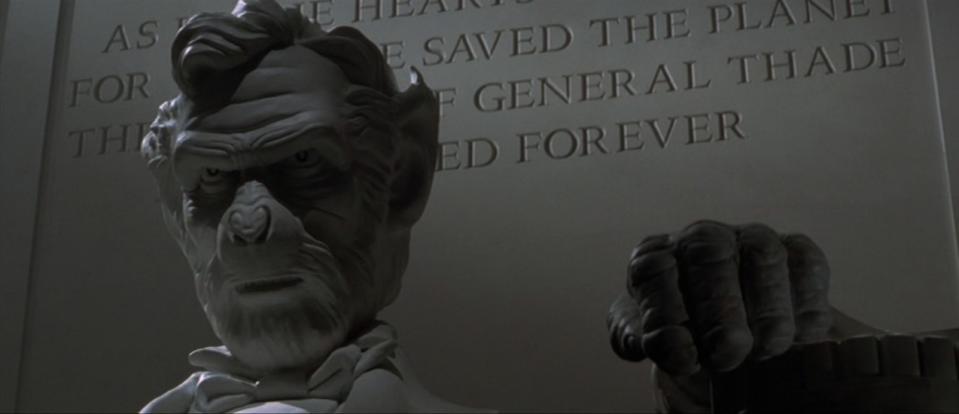
The ending: Mark Wahlberg’s Bostonian astronaut Leo escapes the Planet Of The Apes in his ship, travels through the time vortex and touches down on Earth… but all is not as before. Instead of the Lincoln Monument, sitting in the grand marble chair is Tim Roth’s monkey overlord Thade – sort of like an Ape-raham Lincoln. Cue Wahlberg’s trademark confused face.
The explanation: Confusion surrounding the ending to Tim Burton’s Apes movie arose because the twist ending differed to the twist ending of the 1968 original.
In the first movie, the Planet Of The Apes had been Earth all along. In this version, the planet Leo was trapped on wasn’t Earth – but the one he landed on at the end was.
The reason this Earth is now run by monkey and not man is because the time vortex works in reverse – so the monkeys on the Oberon at the beginning crash-landed on Earth thousands of years in the past, giving them time to dominate the planet by the time Wahlberg got home. The DVD even came with a handy timeline chart to help make sense of it all. It didn’t work.

 Yahoo Movies
Yahoo Movies 
